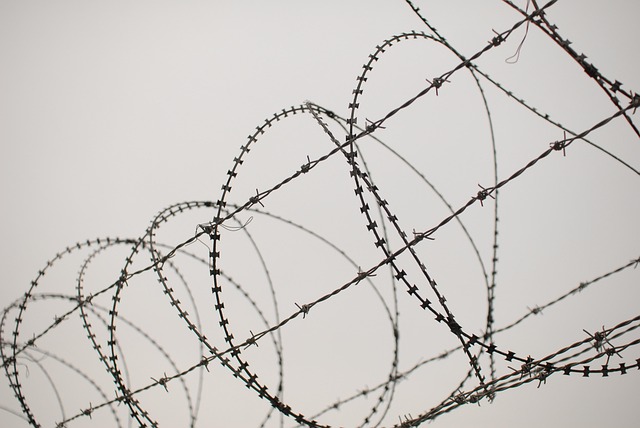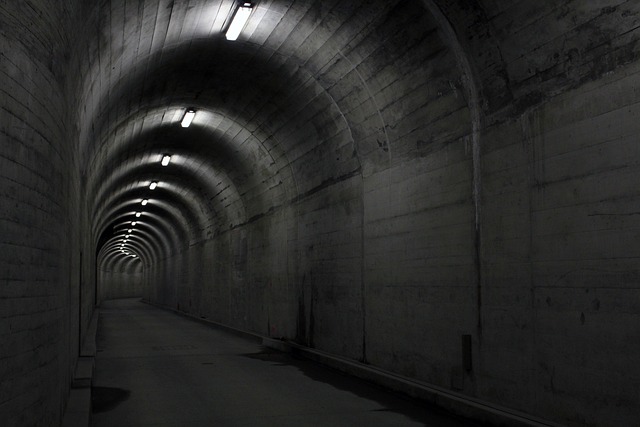In contemporary art, the concept of entanglement—originally a term from quantum physics describing the inseparable connection between particles—has become a rich metaphor for the complex web of relationships that shape installation works. Artists today use entanglement not only to reference scientific ideas but also to explore how objects, spaces, histories, and viewers become intertwined in a single experience. This article examines how the notion of entanglement informs the creation, interpretation, and cultural impact of modern installation art.
Theoretical Roots of Entanglement in Art
Entanglement invites a rethinking of the boundary between subject and object, the observer and the observed. In the visual arts, the term has evolved from a strictly scientific metaphor into a philosophical framework that addresses questions of presence, absence, and relationality. The phrase suggests that individual elements cannot be fully understood in isolation; instead, their meaning emerges from the network of connections that bind them.
- Relational Aesthetics: The idea that art exists primarily in its relationships with viewers, other artworks, and contexts.
- Poststructuralist Thought: Emphasis on the multiplicity of meanings that arise from intertextual and intermedia connections.
- Site-Specificity: The belief that an artwork’s identity is inseparable from its physical and social environment.
Material Practices That Foster Entanglement
Installation artists often choose materials that can be rearranged, interact with each other, or respond to environmental variables. This material fluidity enhances entanglement by creating mutable relationships that shift over time.
“The material itself becomes a participant, not just a backdrop, in the unfolding dialogue,” says one curator.
Common practices include:
- Recycling and Upcycling: Reusing found objects weaves personal histories into new narratives.
- Digital and Physical Hybridization: Embedding sensors or projection technology blurs the line between the tangible and the virtual.
- Interactive Elements: Features that change in response to audience movement or input make the viewer an active component of the entanglement.
Case Studies of Entangled Installations
Below are three contemporary installations that exemplify the entanglement principle. Each work demonstrates how disparate elements coalesce into a unified experience.
- “Thread of Time” (2021) – A textile installation weaving recycled fabrics into a spiraling structure that guests can touch, creating sound vibrations. The fabric’s historical references intertwine with the present moment of the audience’s interaction.
- “Echo Chamber” (2019) – An immersive soundscape composed of mirrored panels and responsive lighting. The reflections of light and sound entangle the viewer’s perception with the architectural environment.
- “Quantum Loop” (2023) – A kinetic sculpture that uses magnetic fields to manipulate floating spheres, with real-time data visualized on a screen. The spheres’ paths mirror the unpredictable nature of quantum entanglement, while the data display connects the physical movement to digital interpretation.
Audience as an Active Participant
In entangled installations, the spectator is not a passive observer but a critical node that completes the network. Their movement, choices, and emotions alter the artwork’s trajectory, reinforcing the idea that meaning is co-created.
When visitors walk through “Echo Chamber,” the reflection of their silhouette becomes part of the sonic and visual matrix, turning the personal experience into a communal echo. This process mirrors how cultural narratives shift as each individual contributes new perspectives.
Cultural Significance of Entanglement in Fine Arts
Entanglement in installation art reflects broader societal trends toward interconnectedness. In an age of digital networks, social media, and global migration, the physical manifestation of entangled relationships resonates deeply with contemporary audiences.
Key cultural implications include:
- Collective Memory: By layering historical artifacts with modern technology, installations forge new memory spaces where past and present coexist.
- Environmental Awareness: Material choices often highlight sustainability, prompting viewers to consider the ecological entanglements of consumption.
- Social Justice: Artworks that incorporate voices from marginalized communities create entangled narratives that challenge dominant discourses.
Critiques and Challenges
While entanglement offers a powerful framework, it is not without criticism. Some argue that overly complex interconnections can obscure meaning, creating a labyrinthine experience that alienates rather than engages audiences. Others caution against the commodification of entanglement, where the novelty of interconnectedness is leveraged for marketing rather than genuine artistic exploration.
“Art should not become a gimmick of tangled ideas; it must remain accessible,” remarks a leading art historian.
Future Directions for Entangled Installations
Emerging technologies such as augmented reality (AR), artificial intelligence (AI), and blockchain offer new avenues for deepening entanglement. Artists can integrate AI-driven generative art that adapts to crowd density, or use AR to overlay digital narratives onto physical objects, creating a layered reality that challenges traditional hierarchies.
Moreover, collaborations across disciplines—architecture, neuroscience, and ecology—promise installations that embody entanglement on multiple levels: structural, perceptual, and systemic. These cross-disciplinary works could transform gallery spaces into living ecosystems where art, environment, and audience exist as an inseparable web.
Conclusion
Entanglement has evolved from a physics concept into a potent artistic lens that illuminates the interdependencies inherent in modern life. Installation art, with its spatial flexibility and capacity for immersive experience, serves as an ideal medium to explore these themes. By weaving together materials, technology, history, and audience participation, artists create environments where every element—object, space, and observer—becomes an integral part of a larger narrative. As society continues to navigate complex networks of meaning and identity, the entangled installation remains a vital space for reflection, dialogue, and collective transformation.




